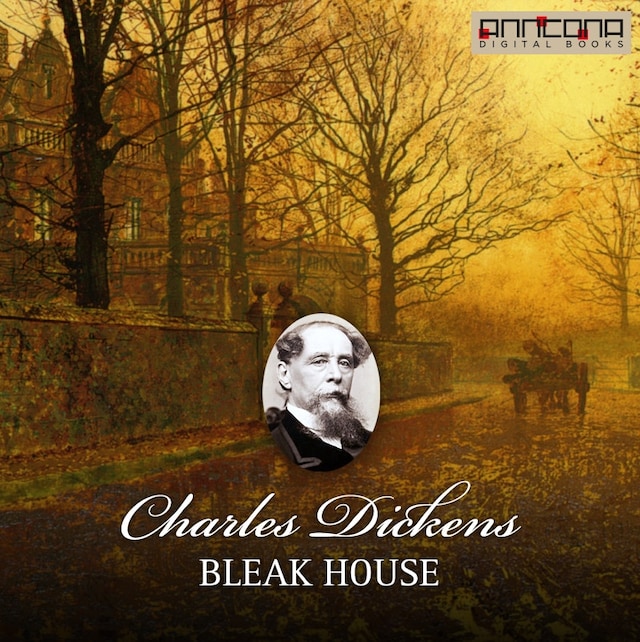
Bleak House
Tietoa kirjasta
Bleak House is a novel by Charles Dickens, published in 20 monthly instalments between March 1852 and September 1853. It is held to be one of Dickens's finest novels, containing one of the most vast, complex and engaging arrays of minor characters and sub-plots in his entire canon. The story is told partly by the novel's heroine, Esther Summerson, and partly by a mostly omniscient narrator. Memorable characters include the menacing lawyer Tulkinghorn, the friendly but depressive John Jarndyce, and the childish and disingenuous Harold Skimpole, as well as the likeable but imprudent Richard Carstone.
At the novel's core is long-running litigation in England's Court of Chancery, Jarndyce v Jarndyce, which has far-reaching consequences for all involved. This case revolves around a testator who apparently made several wills. The litigation, which already has taken many years and consumed between £60,000 and £70,000 in court costs, is emblematic of the failure of Chancery. Dickens's assault on the flaws of the British judicial system is based in part on his own experiences as a law clerk, and in part on his experiences as a Chancery litigant seeking to enforce copyright on his earlier books. His harsh characterisation of the slow, arcane Chancery law process gave memorable form to pre-existing widespread frustration with the system.
George Gissing and G. K. Chesterton are among those literary critics and writers who consider Bleak House to be the best novel that Charles Dickens wrote. As Chesterton put it: "Bleak House is not certainly Dickens' best book; but perhaps it is his best novel". Harold Bloom, in his book The Western Canon, considers Bleak House to be Dickens's greatest novel. Daniel Burt, in his book The Novel 100: A Ranking of the Greatest Novels of All Time, ranks Bleak House number 12.
Audiobook running time: 39 hours. Unabridged version - 354,149 words - 979 pages in the printed edition.
Charles John Huffam Dickens (1812-1870) was an English writer and social critic. He created some of the world's most memorable fictional characters and is generally regarded as the greatest novelist of the Victorian period. During his life, his works enjoyed unprecedented fame, and by the twentieth century his literary genius was broadly acknowledged by critics and scholars. His novels and short stories continue to be widely popular. Dickens was regarded as the literary colossus of his age. His 1843 novella, A Christmas Carol, is one of the most influential works ever written, and it remains popular and continues to inspire adaptations in every artistic genre. Set in London and Paris, his 1859 novel, A Tale of Two Cities, is the best selling novel of all time. His creative genius has been praised by fellow writers, from Leo Tolstoy to George Orwell and G. K. Chesterton, for its realism, comedy, prose style, unique characterisations, and social criticism.


